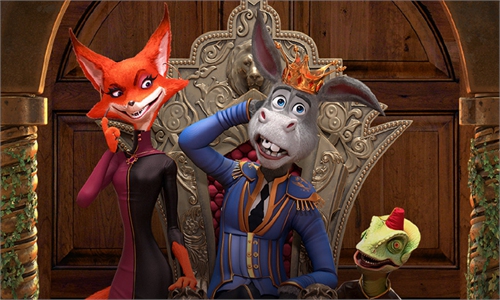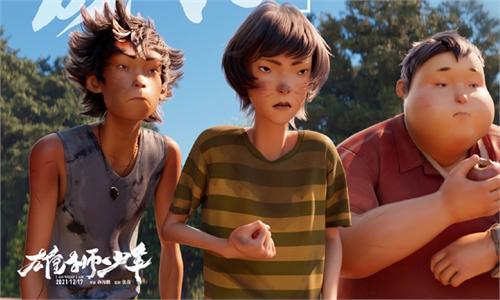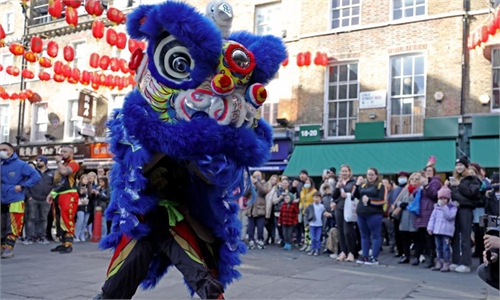ARTS / CULTURE & LEISURE
More talents shine as Chinese animation industry celebrates 100th birthday
Driving force
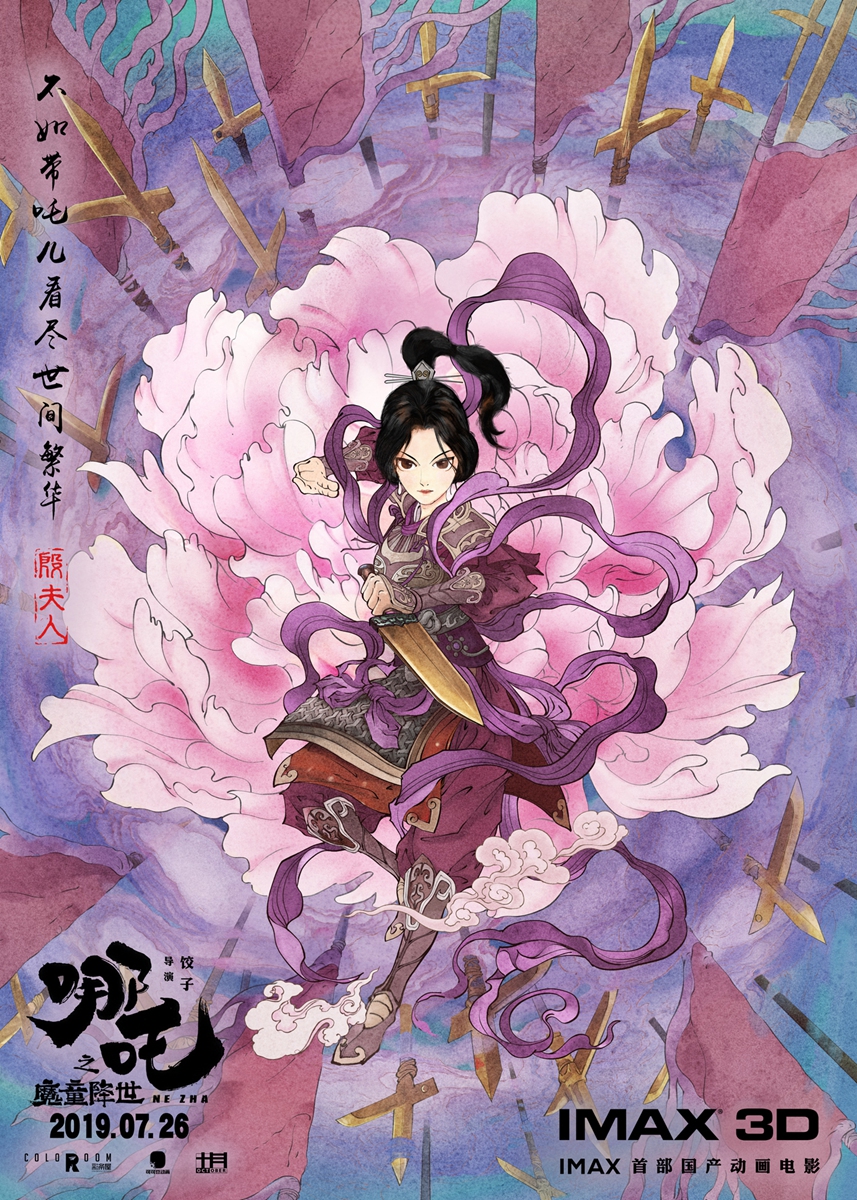
Promotional material for Ne Zha Photo: IC 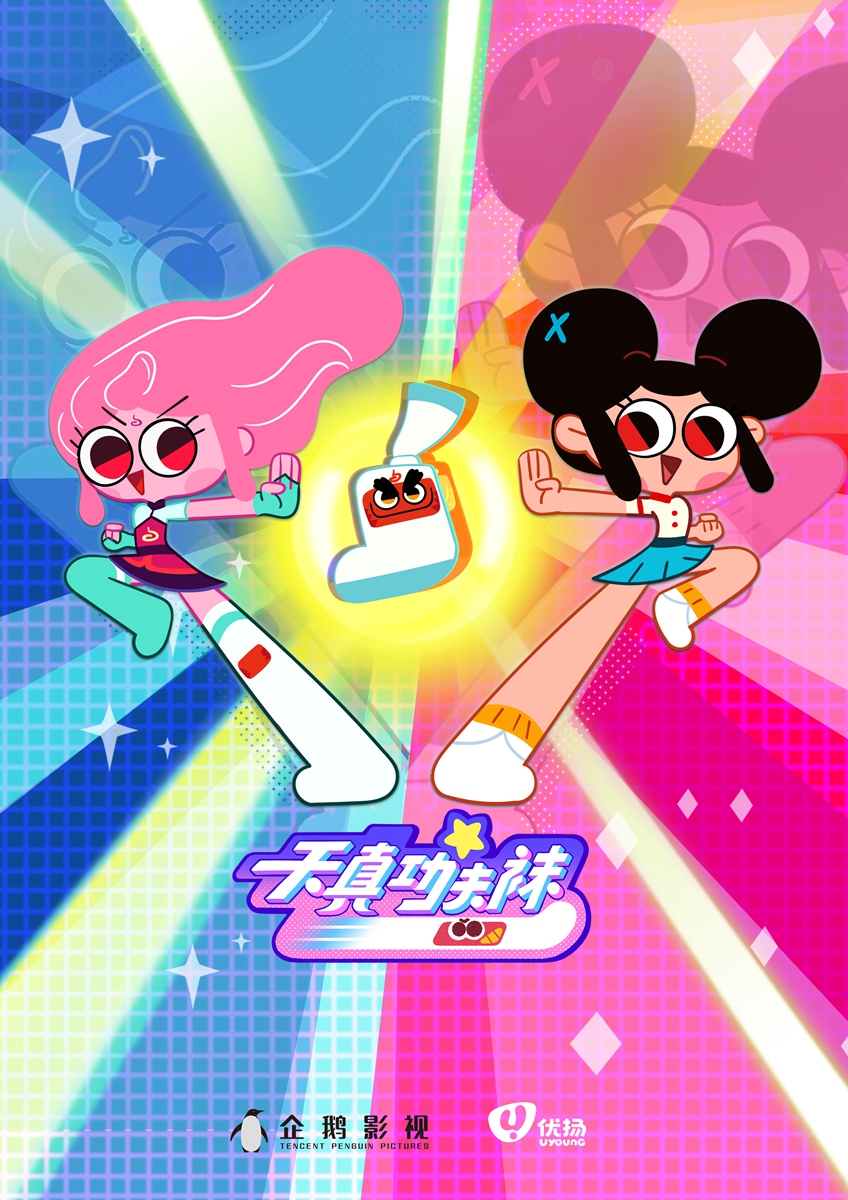
Poster for Kung Fu Wa Photo: Courtesy of Tencent Video
Editor's Note:It has been 100 years since the first Chinese animated work was created in the country. The animators living a century ago probably had never imagined that Chinese animation could advance as rapidly as it is today. The driving force behind this rapid development are the achievements and endeavors of a new generation of talents. Additionally, China's long-standing traditional culture as well as new production technology have provided the nutrition the industry needs to grow. Through multiple channels, the Chinese animation industry has continued to grow and step toward the world.
As a child, Liu Shuai often sat in front of the TV after school excitedly waiting to watch cartoons from Japan such as Captain Tsubasa and Dragon Ball.
Now he has become a producer of Chinese animated works. Recently, he has introduced the animated TV series Kung FuWa to overseas markets. The show has debuted on the Pop TV channel in Britain and is set to be released on Discovery Kids in the Latin America in July.
Liu is one of a number of talents working in the animation industry in China. As the country celebrates the 100th anniversary of Chinese animation, an increasing number of high-quality animated works made with new technology produced by these young talents are swarming into both domestic and overseas markets.
People are more wild for Chinese animation than ever. Recently, the poster for the sequel to the 2019 animated fantasy film Ne Zha, set for 2024, was released, driving audiences crazy with excitement. Earning more than $725 million at the Chinese mainland box office, the first one was 2019's highest-grossing film in China and is currently at fourth place on the all-time highest-earning chart.
Ne Zha was made by a huge production team of around 1,600 people, and 1,318 special effects shots in the film were animated by more than 20 special effects teams across the country. The film's director Yang Yu led this immense team over five years to produce the animated film.
"Luckily, I encountered a good time when Chinese animation was developing at a soaring speed. This was mainly thanks to the growing global influence of our country," Shang You, director of China's 2020 hit animated TV series White Cat Legend, told the Global Times. Shang used to be an engineer, but his passion for animation led him to jump industries.
Constant efforts
Of course the Chinese animation industry wouldn't be what it is today without the efforts and dedication of Chinese animators, many of whom sweat for years to put out a single two-hour film.
"Today's animation is much more diverse in terms of technology and style than when I was a child, especially with the development of 3D technology bringing a lot of 3D animated works," Liu told the Global Times.
Liu has studied painting since childhood and majored in animation production at college.
"I have worked in the industry for 11 years," he noted.
Over the past decade he has witnessed the rapid development of the Chinese animation industry, which produced several stunning works in cinemas such as Ne Zha, Monkey King: Hero is Back and White Snake.
Many other Chinese talents have worked on these big box-office earners. Tian Xiaopeng, director of the 2015 Monkey King: Hero is Back, worked in the industry for more than 20 years before coming out with his amazingly successful film. He worked in an office 500 square meters in size in Beijing with 120 other animators to finish the film.
For Ne Zha, Yang researched the script and reviewed artwork for the film for more than five years and went through 66 versions of the script. He even once spent nearly five months perfecting a single scene in the movie.
Through their persistence and efforts, these animators have become one of the most important driving forces in the Chinese animation industry.
"I liked watching cartoons when I was a little boy, and the idea of making excellent animated works has always occupied my mind," said Shang, director of White Cat Legend.
Because of that love, Shang gave up his former job as an engineer and jumped ahead first into the animation industry. Shang said he never thought that one of his works would one day top the trending list on Bilibili, one of China's leading video-sharing platforms. To his surprise, once the anime was released, it soon became a hit and was rated favorably on review platform Douban, scoring a 9.2/10.
Talent needed
Even though there are many professionals in the industry, the need for talents is still on the rise because of the constantly expanding market.
"At present, the difficulties encountered in animation production are mainly reflected in the scarcity and aggregation of high-end talents. In the process of rapid development of the industry, many excellent talents have appeared in all aspects, but these talents are scattered among many companies," Liu said.
Liu added that while fresh blood has also been encouraged to enter the industry, a good platform that can gather these talents together is urgently needed.
The producer is optimistic about the future of Chinese animation and noted that after the rapid development over the past 10 years, the industry has become more and more mature and stable, attracting more talents and new high-quality projects to join in furthering the industry.


